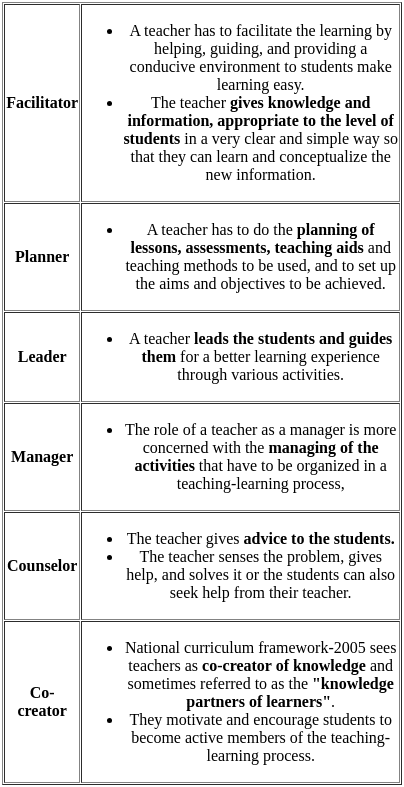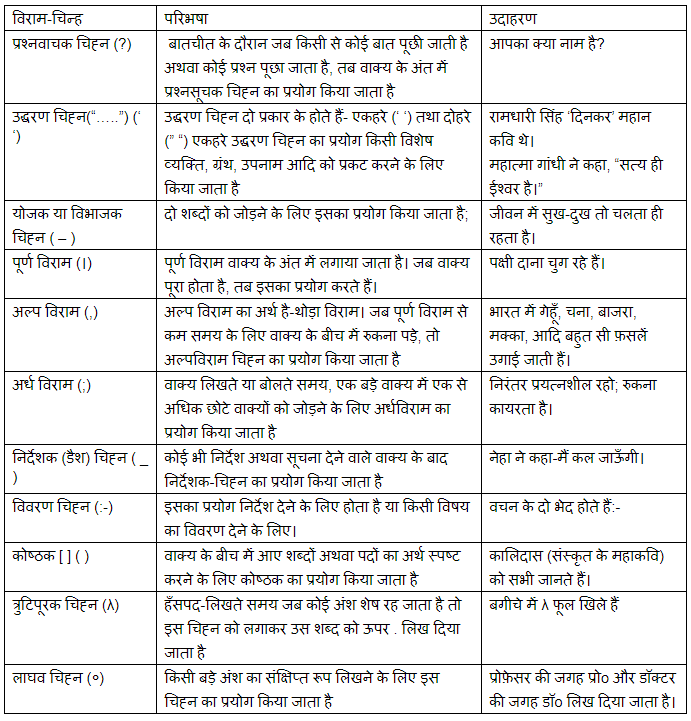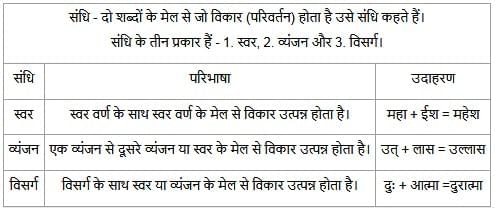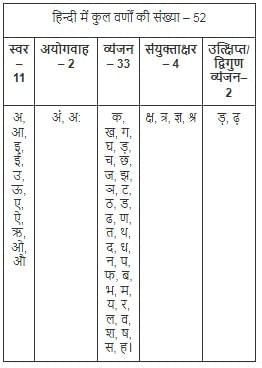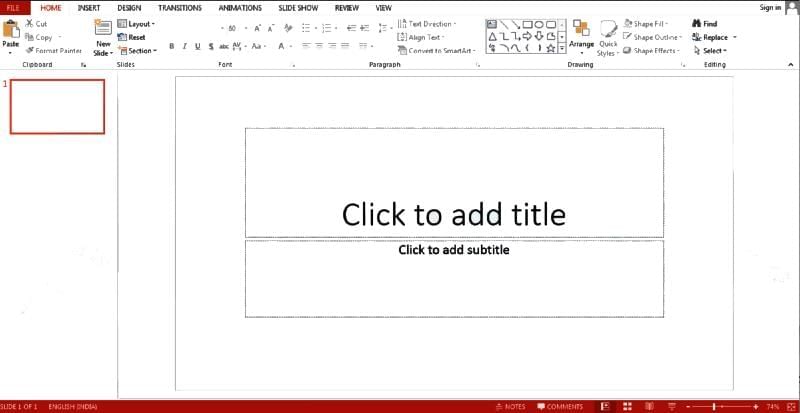CG Vyapam Teacher Mock Test - 5 - CG TET MCQ
30 Questions MCQ Test CG Vyapam Teacher Mock Test Series 2025 - CG Vyapam Teacher Mock Test - 5
Which one of the following statements best describes intelligence?
A teacher of Class VII finds that despite her regular teaching, a student makes errors. The teacher should:
Which of the following is a barrier to problem solving?
आश्चर्य, हर्ष और घृणा आदि का बोध कराने के लिए निम्न में से किस चिन्ह का प्रयोग किया जाता है
क्या आप बाज़ार जा रहे हैं - वाक्य में किस विराम चिह्न का प्रयोग होगा?
हिन्दी वर्णमाला में स्वरों की कुल संख्या कितनी है ?
Identify the part of speech of the phrase "a cynic" which occurs in paragraph 3.
Ravi got married 8 years ago. His present age is 6/5 times his age at the time of his marriage. Ravi's sister was 10 years younger to him at the time of his marriage. The present age of Ravi's sister is:
In the examination of statistics, the average for the entire class was 80 marks. If 10% of the students scored 95 marks and 20% scored 90 marks, then the average marks of the remaining students of the class is:

Three blocks A, B and C of masses 4 kg, 2 kg and 1 kg respectively, are in contact on a frictionless surface. If a force of 7 N is applied on the 4 kg block, then the contact force between A and B is :
What is the default orientation of slides in MS PowerPoint?
Which of the following cities is not situated on the bank of Ganga river?
What is the primary objective of the Pradhan Mantri Ujjwala Yojana (PMUY)?




